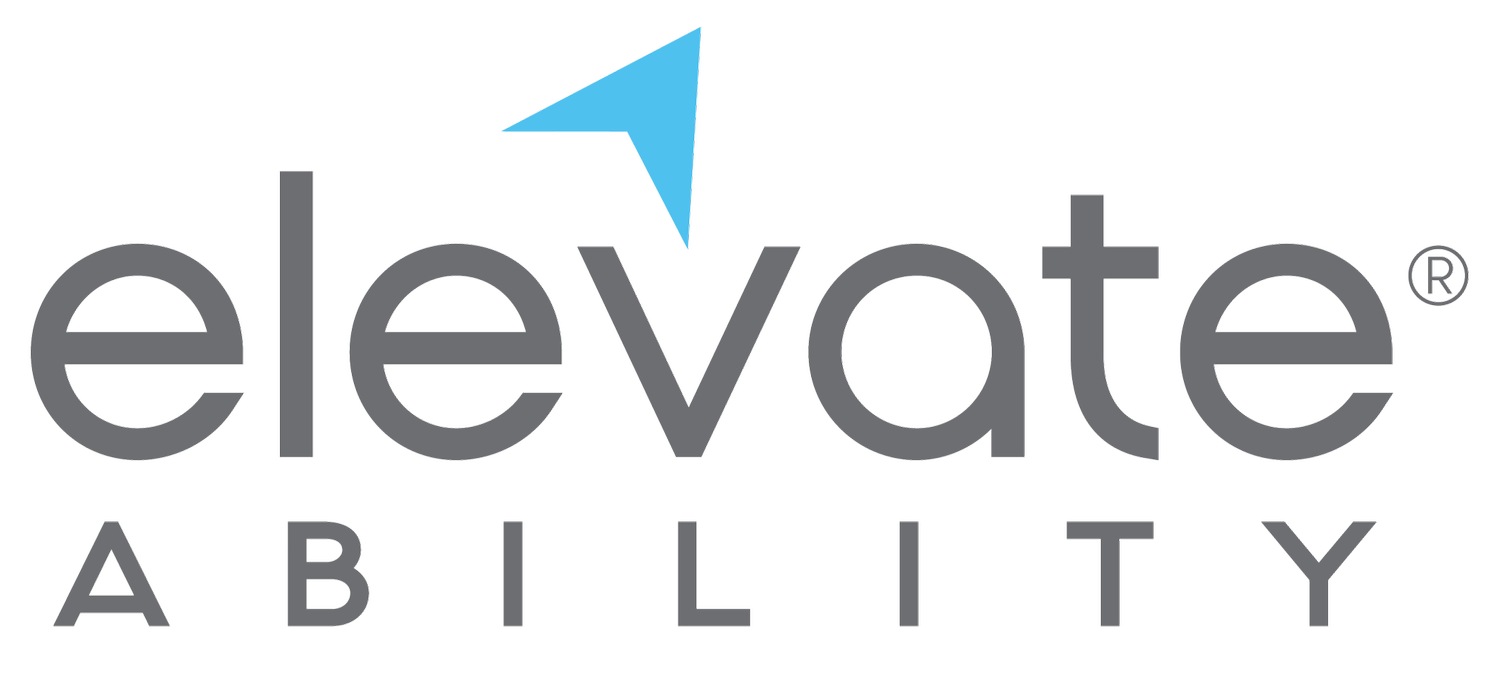Mind the Cliff
Graduation is supposed to be a launchpad. For students with disabilities, it often feels more like a cliff. After years of structured transition services focused on life skills, self-advocacy, and independence, many young adults leave school only to find that those supports vanish—overnight.
The result? Setbacks. Regression. A loss of hard-won progress. At ElevateAbility, we’re here to change that.
What Happens After Transition Programs End?
High school transition programs for students with disabilities often include consistent instruction in skills like cooking, taking public transportation, managing money, and navigating community spaces. These lessons are delivered by trained professionals using clear goals, reinforcement strategies, and progress tracking.
But once students age out of school-based services, that structure disappears. They might:
Return home with only natural (family) support
Spend time in day programs focused more on care than education
Receive help from caregivers who aren’t trained in direct instruction
This shift away from structured learning is a major reason skills plateau—or fade.
The Data: Regression Is Real
The National Longitudinal Transition Study-2 (NLTS2) found that just 38% of youth with disabilities were living independently three years after high school, and only 60% were employed during that same time period (Newman et al., 2011). Even after eight years, nearly 30% still lived with family or in supervised settings.
And while many students make real gains in high school, follow-up research confirms that young adults with disabilities often experience a significant drop in skill use and independence when structured instruction ends (Bouck, 2012).
The problem isn’t ability—it’s support. Without an intentional, consistent approach to skill-building, students lose the very habits and routines that helped them grow.
Why It Happens
Here’s what’s really behind the regression:
Loss of intentional instruction. Transition programs rely on proven teaching strategies—task analysis, prompting, reinforcement. Most post-school settings don’t use them.
Caregivers aren't teachers. Family members and even professional caregivers often aren’t trained to build skills. They provide essential support—but that’s different from structured education.
Day programs aren’t designed for growth. Many are centered on supervision or engagement, not measurable learning.
A study in Career Development and Transition for Exceptional Individuals found that structured life skills instruction in high school improved post-school outcomes—but the benefits faded when support stopped (Test et al., 2009).
How ElevateAbility Helps
Our goal is to pick up where the transition program left off—before regression can set in.
We provide structured, one-on-one tutoring. Every session is based on the client’s personal goals, with a clear beginning, middle, and end.
We track progress. Tutors document what’s working, what’s not, and what’s next—so nothing gets lost in the shuffle.
We partner with families. We don’t replace natural supports—we enhance them with tools, training, and consistency.
And perhaps most importantly, we believe that learning doesn’t stop at 21.
The Bottom Line
Students with disabilities thrive in structured, goal-oriented environments. But when they graduate from high school, those supports often fall away—leaving families to pick up the pieces. The result is all too common: stalled progress, lost skills, and missed opportunities.
At ElevateAbility, we’re here to bring back that structure—so that independence doesn’t end with a diploma. It begins there.
Ready to support your loved one’s next chapter? Let’s work together to make growth a lifelong process—not just a school-based service.
